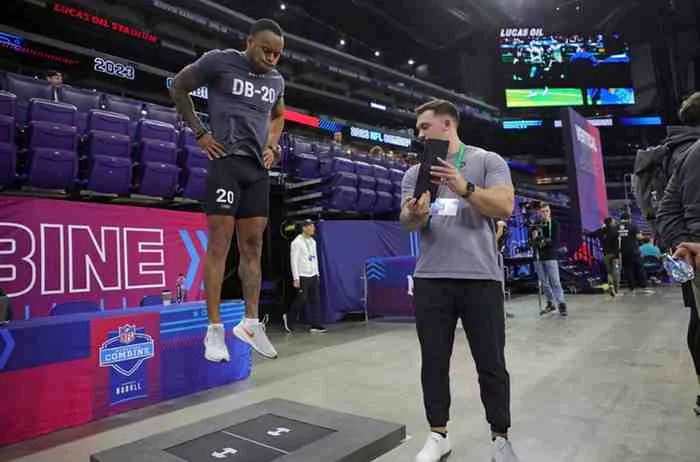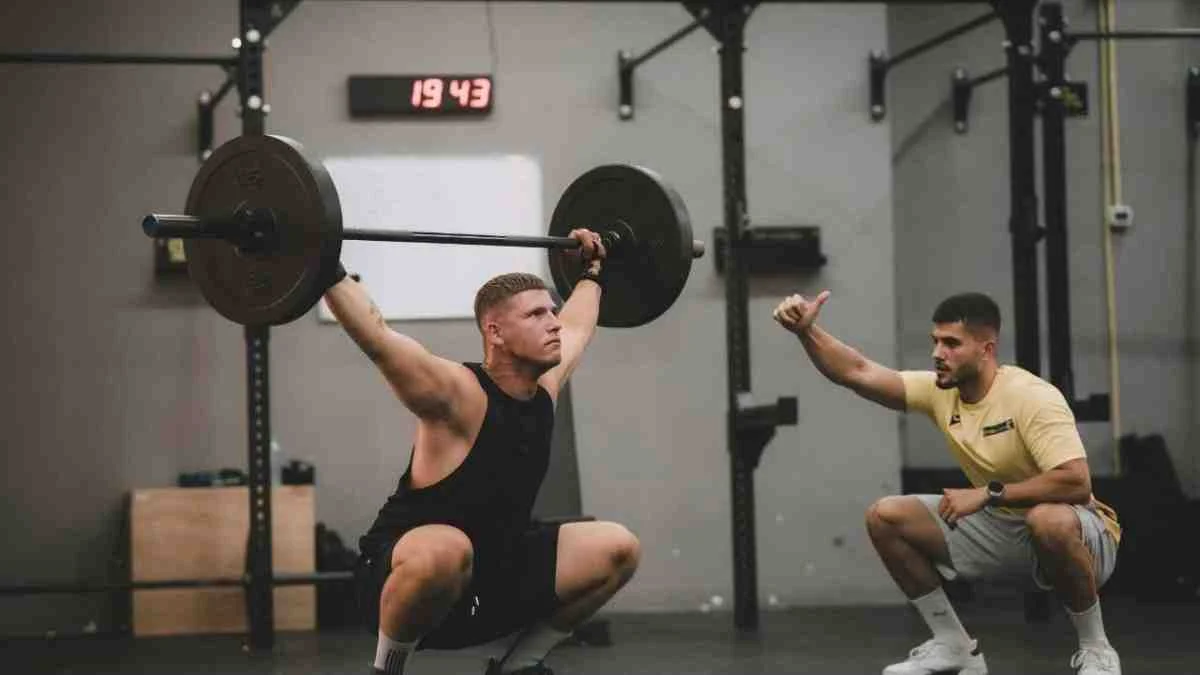[mashshare]
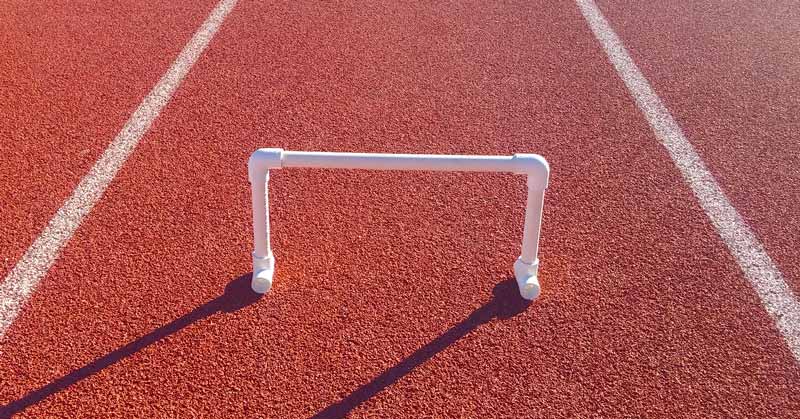
For coaches looking for a drill that impacts a runner’s form, the mini-hurdle run is the best. During my years of coaching, I’ve tried almost every running drill. Most of the time, I haven’t seen much of a change in my athletes. Not until I hit Frans Bosch’s Running DVD. His video was different because he described the purpose of the drills and explained when a drill is appropriate. I love the drills and how they focus on the timing of a sprint.
My interpretation of Bosch’s definition of sprint timing focuses on the position of the swing leg’s knee relative to the plant leg’s knee in the midstance phase. In a perfect position, the knee of the swing leg should be slightly in front of the plant leg.
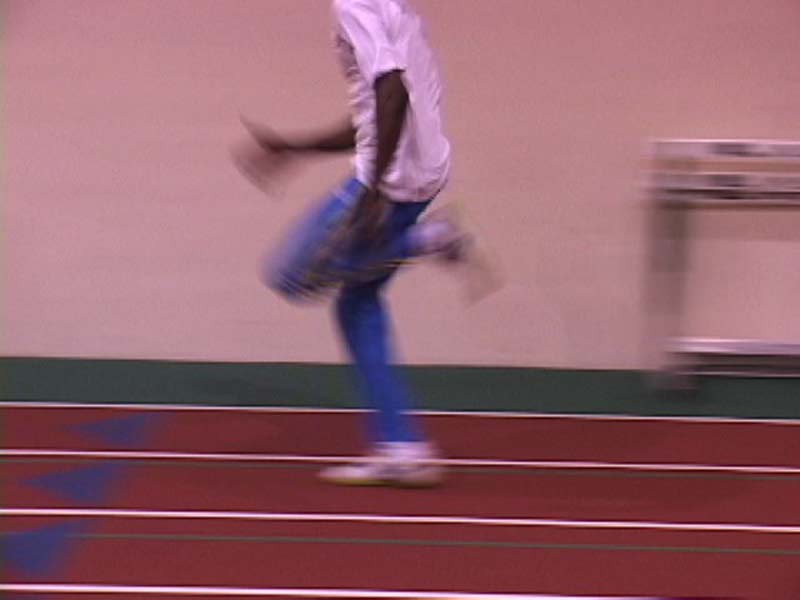
In this position, the knee has a chance to raise to its highest position and allow a perfect toe off.
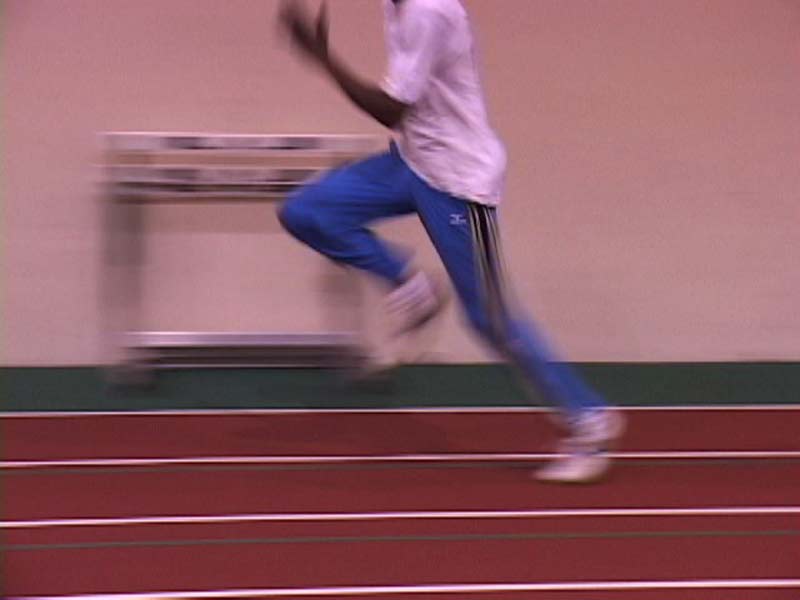
The position also gives the center of mass time to travel to a point where the swing leg does not land prematurely and cause deceleration. If the athlete is late in the gait, the knee will be behind, and there won’t be enough time in the cycle for the foot to land in a proper position.
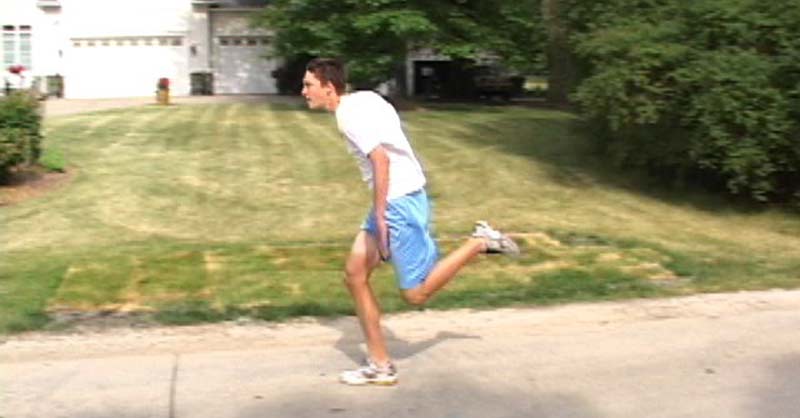
This adds contact time and often forces the runner to push their run, which creates an improper hip position and a long leg in back.
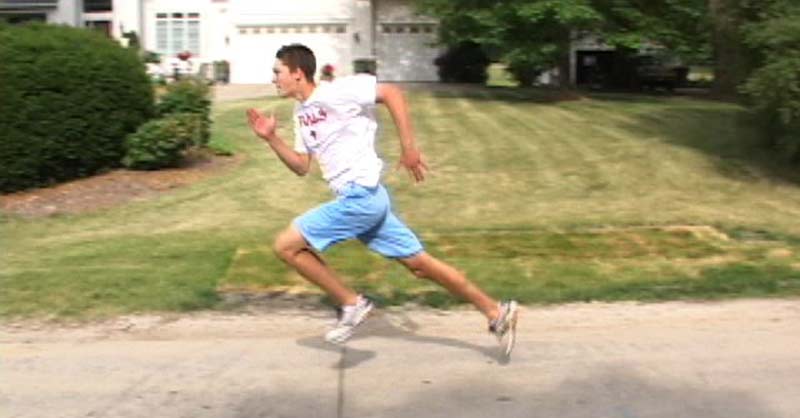
Peter Weyand proved that legs have limited time to reposition. With confined time in the air and a leg that is back too far, the rear leg becomes late, and the cycle repeats. I have never seen a fast athlete, male or female, who runs late. Likewise, I’ve never seen a runner with proper timing run slow.
This is a common problem with runners. In Bosch’s DVD, he offers a drill to solve it. The mini-hurdle run. By placing mini hurdles at a set distance, we can force and drill an athlete into perfect timing.
The video below shows a running athlete I had never worked with before. As he runs, watch his trail leg. I mark the position of his knee relative to his glute. Ideally, the knee should stay underneath his glute when his toe comes off the ground. This athlete’s foot and knee extend too far back which causes his pelvis to rotate forward (look at the shape of his shirt) and his push to extend. He is late in the gait.
Video 1. An example of a runner late in the gait.
I set up a series of 8 hurdles that are 6 inches high and 1.5m apart. Without giving him any cues or coaching, I asked him to run through. In the video below, notice the immediate improvement with his timing. Suddenly, it was much better. His knee drive was improved and, more importantly at midstance, his knee was placed in a much better position. This gave him the opportunity to have proper form. I asked him not to lead with his toes on contact and told him to squish bugs when he runs.
Video 2. The runner improves form with the mini-hurdle drill.
On a side note, his Nike Free shoes were part of his problem because they have a high drop of 14mm. Athletes who wear these shoes tend to hit with their toes first, not with the midfoot. (So much for the barefoot shoe from Nike. Marketing over matter.)
The mini-hurdle run improves a runner’s form without any cues. Share on XThis is a great drill. I can change a runner’s form without any cues. With repetition, it becomes their gait. Without this relationship, an athlete can rarely run fast. The knee will never make it if the pelvis is rotated forward from the extended push. The hamstring will never have time to work if the pelvis is too busy rotating. This drill forces good form. As for other more popular drills, like all the high knee drills, they are worthwhile when the timing is off.
From here, I build variations on the mini-hurdle run. I increase the distance between hurdles and try to keep the same relationship. I have a mark for 1.7m, 1.9m, and 2.1m. If the runners keep the same form when I push them to go further, I’ll force them to increase vertical force into the ground for top end speed development.
It’s important to film from the side, so you’re not training the athlete to overstride. Most athletes drive to make the longer distance and forget the purpose of the drill. Although my faster runner can make the 2.1m without breaking form, I’ve found that the shorter distances (1.5-1.7m) at higher speed are more effective for my athletes. I am more concerned about the rate of force in a vertical scenario.
I usually use 8 to 10 hurdles made of ½-inch PVC. We do these every practice day as part of our warm-up cycle. Athletes will run through it 6 to 8 times. We tell them to go 80-90% effort and to concentrate on squishing bugs and fast repositioning of their knees.
Editors Note: Chris Korfist will be presenting at the Track & Football Consortium III at Montini High School, Lombard, IL June 17-18, 2016.
Since you’re here…
…we have a small favor to ask. More people are reading SimpliFaster than ever, and each week we bring you compelling content from coaches, sport scientists, and physiotherapists who are devoted to building better athletes. Please take a moment to share the articles on social media, engage the authors with questions and comments below, and link to articles when appropriate if you have a blog or participate on forums of related topics. — SF
[mashshare]



